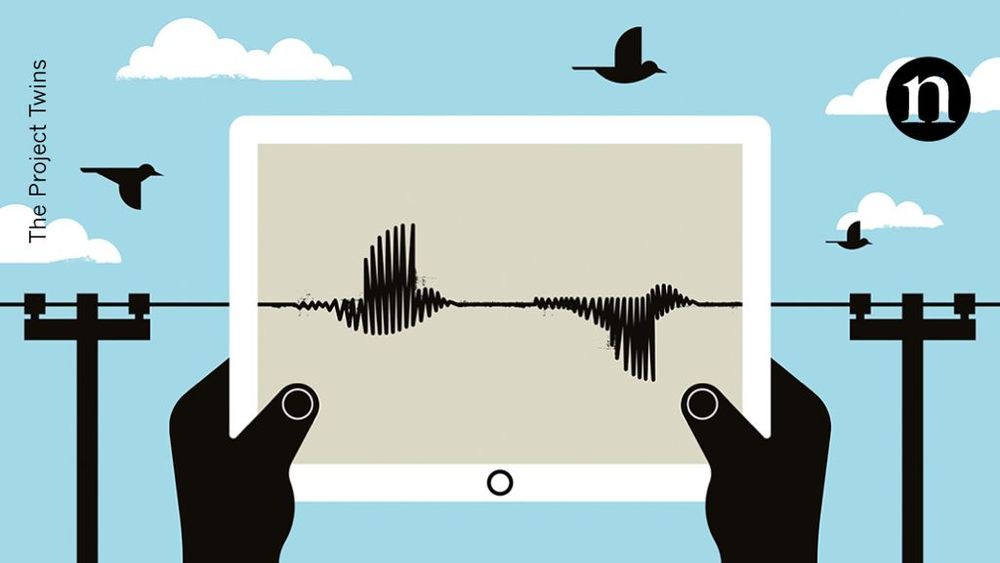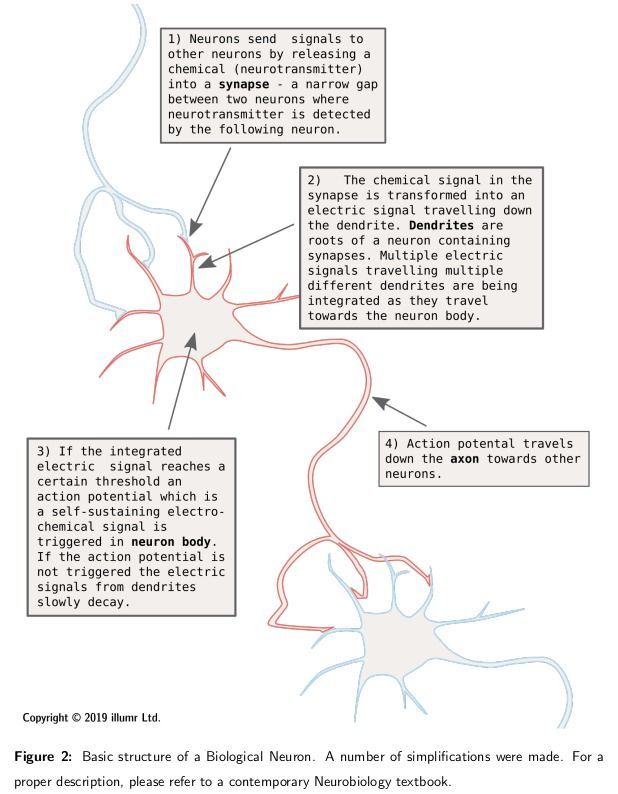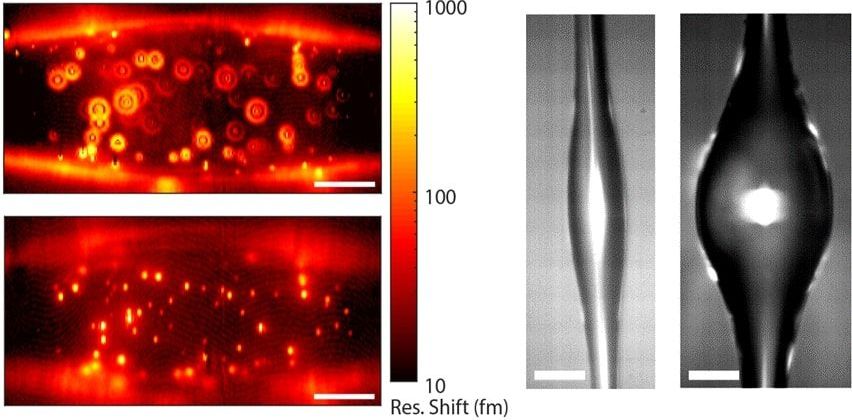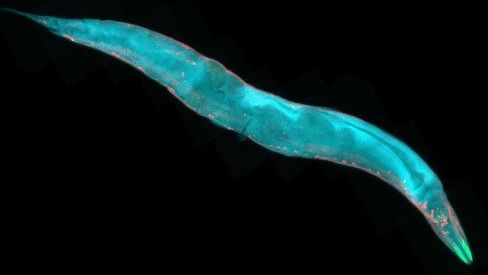Computational biology is the combined application of math, statistics and computer science to solve biology-based problems. Examples of biology problems are: genetics, evolution, cell biology, biochemistry. [1].


Author at The Secrets of the Universe, I am a Biology and Chemistry high school student from Poland. I love writing about conquest and research in space and future possibilities for Humanity and Astrophysics.




Rare mounds of a crystalline mineral have emerged above the surface of Utah’s Great Salt Lake, where they’re expected to remain just a few months before disappearing again.
Scientists think these mounds may be similar to mineral structures on Mars that could preserve traces of microbes that may have lived in the planet’s saltwater lakes billions of years ago.

#biophotonics #photonics
ONNA, Japan, Jan. 13, 2020 — Scientists at the Okinawa Institute of Science and Technology (OIST) Graduate University have developed a light-based device that can act as a biosensor, detecting biological substances in materials, such as harmful pathogens in food. The scientists said that their tool, an optical microresonator, is 280× more sensitive than current industry-standard biosensors, which can detect only cumulative effects of groups of particles, not individual molecules.

A new study shows drinking low-fat milk—both nonfat and 1% milk—is significantly associated with less aging in adults.
Research on 5,834 U.S. adults by Brigham Young University exercise science professor Larry Tucker, Ph.D., found people who drink low-fat milk experience several years less biological aging than those who drink high-fat (2% and whole) milk.
“It was surprising how strong the difference was,” Tucker said. “If you’re going to drink high-fat milk, you should be aware that doing so is predictive of or related to some significant consequences.”

Scientists at the MDI Biological Laboratory, in collaboration with scientists from the Buck Institute for Research on Aging in Novato, Calif., and Nanjing University in China, have identified synergistic cellular pathways for longevity that amplify lifespan fivefold in C. elegans, a nematode worm used as a model in aging research.
The increase in lifespan would be the equivalent of a human living for 400 or 500 years, according to one of the scientists.
The research draws on the discovery of two major pathways governing aging in C. elegans, which is a popular model in aging research because it shares many of its genes with humans and because its short lifespan of only three to four weeks allows scientists to quickly assess the effects of genetic and environmental interventions to extend healthy lifespan.